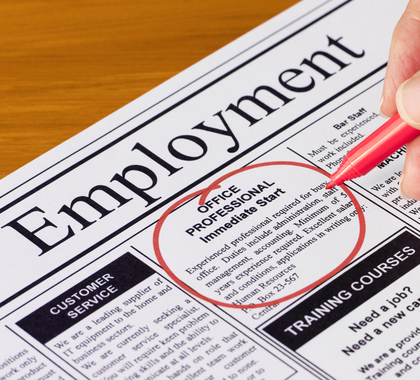Americans are continuing to return to work and stay employed in 2018, as the U.S. economic machine gained further momentum, according to new statistics released by the U.S. Department of Labor’s Bureau of Labor Statistics (BLS).
Economic conditions continued to improve in September, according to BLS’ October 5 report of indicators from the previous month. The national unemployment rate declined by 0.2 percentage points to 3.7 percent, the lowest rate since December 1969. The average hourly earnings of a U.S. worker increased by 8 cents from August to September, climbing to $27.24. Throughout 2018, the average hourly wage has risen by 73 cents, or 2.8 percent.
Praises Tax, Regulatory Reforms
Charles Baird, an adjunct scholar with the Cato Institute and a policy advisor for The Heartland Institute, which publishes Budget & Tax News, says removing the anchor of big government from business owners has led to the sustained economic improvement observed throughout the year.
“These numbers are a direct result of the removal, or at least the substantial decrease of, two classes of obstacles: regulation and taxation.” Baird said. “The removal of those two classes has been very successful.”
Baird says employment rates and government regulation have an inverse relationship.
“Employment opportunities are something that employers come up with, and if you look at the last 20 years, I think that there have been more and more obstacles to business formation and business expansion.” Baird said. “Making it difficult for employers to generate employment opportunities directly leads to high unemployment.”
Urges Spending Cuts
Ryan Young, a fellow in regulatory studies at the Competitive Enterprise Institute, says the benefits of tax reforms such as the Tax Cuts and Jobs Act, signed by President Donald Trump in 2017, can go sour if not matched with corresponding spending cuts to avoid increasing the federal deficit.
“In the short run, tax cuts are popular and can have short-term benefits, but in the long run, they can cost taxpayers billions of dollars in interest payments, plus the cost of the debt itself.” Young said.
Advice: Keep Out
Baird says government intervention in the marketplace usually creates more problems than it solves.
“Do no harm,” Baird said. “Usually, when policymakers sit around sit around and try to figure out how to make things better, they make decisions that actually make policies worse.”
Young says elected officials can promote job creation by doing less, instead of doing more.
“Politicians can’t create jobs like entrepreneurs can, but they can pursue addition by subtraction: Reduce trade barriers, lower regulatory barriers, and resist tempting short-term policy fixes,” Young said.
Owen Macaulay ([email protected]) writes from Hillsdale, Michigan.




